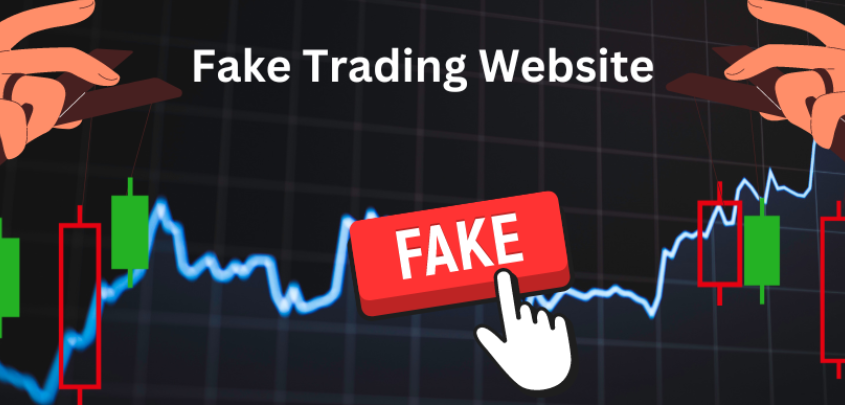
15, Mar, 2024
FAKE MONEY: How to Spot Fake Trading Websites
The allure of easy money can be tempting, especially when it comes to online trading. But with this growing popularity comes a rise in fake trading websites designed to steal your hard-earned money. This article will equip you with the knowledge to identify these scams and protect yourself.
Red Flags of Fake Trading Websites:
- Guaranteed Profits: If a website promises guaranteed returns, it’s a major red flag. The stock market is inherently volatile, and any platform claiming to eliminate risk is likely fraudulent.
- Unrealistic Returns: Similarly, if a website boasts astronomical returns with little to no effort, be cautious. Legitimate trading requires research, analysis, and a healthy dose of patience.
- Unlicensed and Unregulated: Reputable trading platforms are licensed and regulated by financial authorities. Check the website’s footer or “About Us” section for licensing information. If it’s absent, it’s a red flag.
- Pushy Sales Tactics: Legitimate platforms won’t pressure you to deposit funds immediately. Fake websites often employ aggressive sales tactics, creating a sense of urgency to pressure you into depositing money before you have time to research.
- Unprofessional Website Design: A poorly designed website with grammatical errors, blurry images, or slow loading times is a sign of a low-effort scam.
- Unrealistic Reviews: Fake websites often display glowing testimonials that seem too good to be true. Be wary of generic reviews or those lacking specifics.
- Hidden Fees: Legitimate platforms have clear fee structures. If a website hides its fees or uses complex language to mask them, proceed with caution.
- Implausible Investment Opportunities: If a website offers unheard-of investment opportunities or promotes complex schemes you don’t understand, it’s best to avoid them.
How to Protect Yourself:
- Do Your Research: Before signing up with any platform, research the company thoroughly. Read reviews from independent sources, check their licensing status, and look for news articles.
- Start Small: If you’re new to trading, begin with a reputable platform and invest a small amount initially. This allows you to test the waters and gain experience before committing significant funds.
- Beware of Unsolicited Contact: Legitimate platforms won’t bombard you with unsolicited calls or emails. If you receive such communications, don’t click on any links or share personal information.
- Use Strong Passwords: Create strong passwords for your trading accounts and enable two-factor authentication wherever possible.
- Never Share Financial Information: Legitimate platforms won’t ask for your bank account information directly.
If You Suspect a Scam:
- Report the Website: Report the website to the relevant authorities and financial regulators such as https://cybercrime.gov.in/
- Don’t Deposit Funds: If you haven’t deposited funds yet, consider yourself lucky. Don’t be tempted by their promises.
- Change Your Passwords: If you’ve already created an account, change your password immediately and contact your bank to monitor your accounts for fraudulent activity.
If something sounds too good to be true, it probably is. By staying informed and exercising caution, you can protect yourself from fake trading website scams and pursue legitimate investment opportunities.
⚠️The Indian government is calling out fake trading and investment websites. Here are some to common one’s to avoid:
https://njtwqvtopku.com/#/login
https://globalindia-a24.pages.dev/#/pages/Login/Login
https://wells-stocks.com/#
